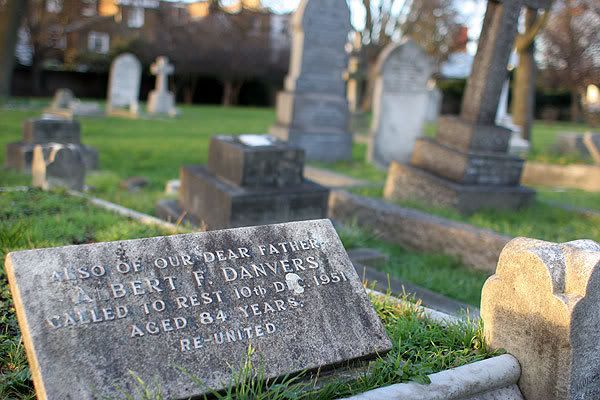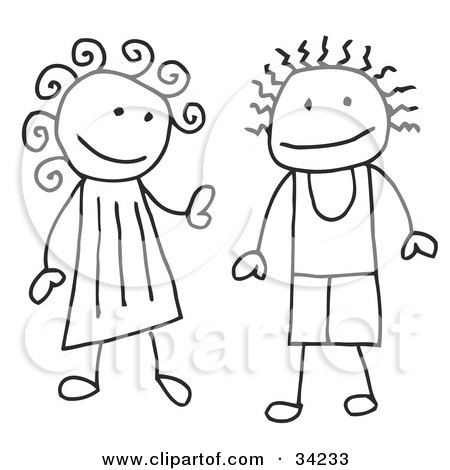Cards In This Set
| Front | Back |
|
1. “To the Virgins,
To Make Much of Time” by Robert Herrick
2. 17th century poem
3. 4 stanzas, 4 lines in a verse, Folk/Ballad Diction, didactic
4. The speaker wants the reader to seize the day and live
life to its fullest
5. Carpe Diem, passage of time, naturalistic imagery, rigid
structure, rhyme
|
 We should not wait for our time to come. Our time is now. |
|
1. “Sonnet 29” by
William Shakespeare
2. Renaissance poem
3. Shakespearian sonnet, ABABCDCDEFEFGG rhyme scheme,
melancholy tone
4. The speaker shows pain at his isolation and
the world’s view of outcasts
5. Vulnerability, love, depression, sonnet form, rigid
structure
|
 Shakespeare doesn't like how hes viewed as an introvert. |
|
1. “Sonnet 110” by
William Shakespeare
2. Renaissance poem
3. Shakespearian sonnet, ABABCDCDEFEFGG rhyme scheme,
confident tone
4. The poet admits his wrongdoing and returns to the fair
lord after being unfaithful
5. The changes of time, Platonic love, selfishness, sonnet
form, rigid structure
|
 Shakespeare is in a way "reborn again" which is expressed in this image through the sun and hands. |
|
1. “Whoso List to
Hunt” by Sir Thomas Wyatt
2. Renaissance poem
3. Sonnet form, ABBACDDCEFFEGG rhyme scheme, renouncing
tone, use of Italian or Latin
4. Wyatt expresses the sorrow he feels in having to renounce
Ann Boleyn
5. Unrequited love, courtly love, marriage, rigid structure
|
 Wyatt has love for Boleyn. |
|
1. “On My First
Sonne” by Ben Jonson
2. Renaissance poem
3. 12 lines, 6 couplets, AABBCCDDEEFF rhyme scheme, loss,
memory, elegy
4. Jonson attempts to impart meaning to the death of his
first-born son
5. Death, father-son relationship, mourning, elegy,
couplets, rigid structure, clear meaning
|
 The father nurtures his son not only physically but mentally as well. He dispenses knowledge on his "younger version" on sentimental topics such as death. |
|
1. “Sonnet 73” by
William Shakespeare
2. Renaissance poem
3. Shakespearian sonnet, ABABCDCDEFEFGG rhyme scheme,
pensive and somber, metaphoric
4. Shakespeare questions how long he has left to live and
expresses the loss of youth
5. Realization of loss Old age, passage of time, death,
rigid structure, sonnet form
|
 Shakespeare undergoes nostalgia and fears for his future. The grim reaper picture adequately portrays his fears of death. |
|
1. “The Fowle Duessa”
by Edmund Spenser
2. Renaissance poem
3. 3 books, sectioned off into cantos, ABABBCBCCDCD rhyme
scheme, archaic diction
4. Duessa mourns over the loss of Sansjoy and goes to awaken
Night
5. The loss of love,
the power of love, mourning, rigid structure, rhyme
|
 Spenser loves Sansjoy and is saddened that he has lost her. |
|
1. “Sonnet 130” by William Shakespeare
2. Renaissance poem
3. Shakespearian sonnet, ABABCDCDEFEFGG rhyme scheme, love
poem
4. Expresses that beauty is in the eye of the beholder and
is not absolute
5. Love, appearance, woman and femininity, literature and
writing, sonnet form
|
 Attractiveness is determined on an individual basis. This eye represents each of our opinions and views. Beauty is not universal. Something may be beautiful to one person but ugly to another. |
|
1. “Sonnet 30” from
“The Amoretti” by Edmund Spenser
2. Renaissance poem
3. Elizabethan sonnet, ABABCDCDEFEFGG rhyme scheme, love in
realistic world
4. Love is able to exist, even between opposing forces
5. Love, passion, the temporal world, sonnet form, rigid
structure, rhyme
|
 Love is the greatest force in the world. |
|
1. “To His Coy
Mistress” by Andrew Marvell
2. Renaissance poem
3. 3 stanzas, stanza 1 and 2 are premises, stanza 3 is a
conclusion, rich in figurative language
4. Marvell urges his lover to seize the moment and
consummate their love
5. Carpe Diem, time, mortality, naturalistic imagery, rhyme,
meter, rigid structure
|
 The heart symbolizes the authors confidence in true love. |
|
1. “Death Be Not
Proud” by John Donne
2. Renaissance poem
3. Elizabethan sonnet, 3 quatrains and a couplet,
ABBACDDCEFFEGG rhyme scheme
4. Death is like a short sleep, so people should not fear it
5. Death is not the end, belief in a soul, belief in the afterlife,
sonnet form, religious
|
 This picture depicting a peaceful attractive grave adequately encompasses the views of poet Donne Because he believes death is peaceful. |
|
1. “To Lucasta, On
Going to the Wars” by Richard Lovelace
2. Renaissance poem
3. 3 stanzas of quatrains, lyrical poem, love, idealism
4. Lovelace juxtaposes his love for his mistress and his
duty to his country
5. Love, honor, patriotism, duty, rigid structure, rhyme,
Renaissance values
|
 The broken heart encompasses the conflict expressed in Lovelaces poem. He has a conflict between love and duty. |
|
1. “Why So Pale and
Wan, Fond Lover?” by Sir John Suckling
2. Renaissance poem
3. 3 stanzas of 5 lines, first 2 stanzas ask questions, stanza
3 is a solution, lyrical poem
4. Suckling urges a young man to cease his doting over a
girl who does not like him
5. Unrequited love, advice, earning love, rigid form,
musical
|
 The boy girl relationship is depicted in Sucklings poem. |
|
1. “Song: To Celia”
Ben Jonson
2. Renaissance poem
3. 2 stanzas, 8 lines each, ABCBABCB rhyme scheme,
infatuation
4. A man encourages his lover to reveal her loving feelings
for him
5. Courtly love, young love, rigid structure, rhyme
|
 The heart expresses the feelings Jonson expresses in his poem as he wants to unveil the true feelings of love. |
|
1. “The Passionate
Shepherd to His Love” Christopher Marlowe
2. Elizabethan poem, pastoral lyric
3. 5 stanzas, 4 lines each, AABB, blissful and optimistic
4. A man tries to convince his love to join him and live
with him happily forever
5. Beauty of spring, love, fantasy, pastoral lyric, rigid
structure
|
 The heart expresses the feelings Marlowe depicts in his poem as he wants to unveil the true feelings of love. |



